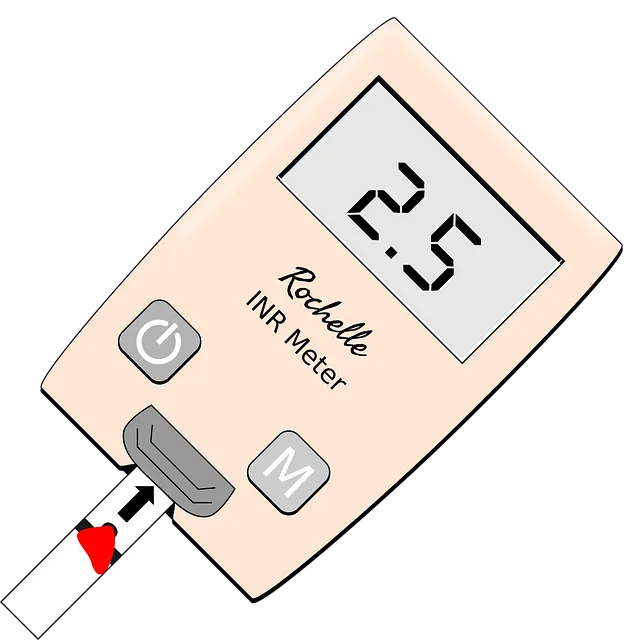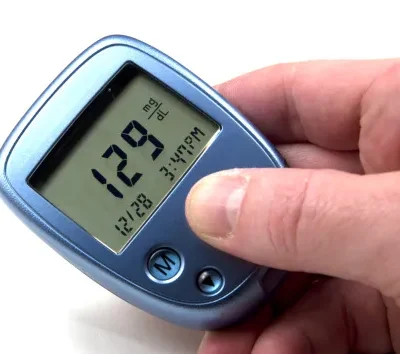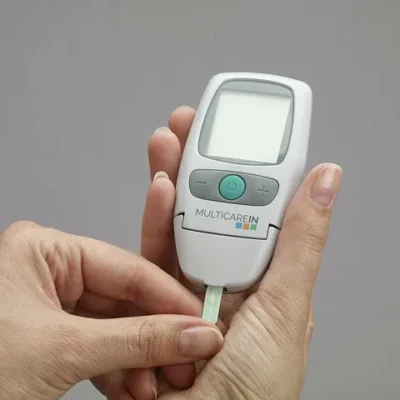
Fasting blood sugar levels may indicate that an individual is prediabetic or diabetic based on the following ranges. An A1C test, also called glycosylated hemoglobin, is a standard diagnostic tool used to measure a person’s average blood sugar levels over the past three months (90 days). It reflects how well your blood sugar is controlled during that time period. With Nutrisense, you’ll be able to track your blood glucose levels over time using a CGM, so you can make lifestyle choices that support healthy living.
To avoid this, you need to check your blood sugar routinely and make necessary adjustments to your diet or medication doses to bring your levels back under control. Try medical interventions.You may need to take medication to lower your chances of developingdiabetes, especially if lifestyle changes aren’t helping enough, Kalyanistates. A drug that doctors often recommend in these cases for persons withprediabetesis metformin. It can help you better control your blood sugar by reducingthe amount of glucose that your liver makes.
This doesn’t require as much planning and is therefore used in the diagnosis of type 1 diabetes when time is of the essence. Remember and remind.Help the person remember when to take medications and remind him to doblood sugar checks on the proper schedule. A lot of factors can throw off the accuracy of your A1c results. Hemoglobin A is the most common type, but you may have another type—called a hemoglobin variant—if you are Hispanic or of West African or Southeast Asian descent. Sometimes your provider may prescribe other oral or injected drugs as well. Some diabetes drugs help your pancreas to release more insulin.
However, if you have severe hyperglycemia, you should avoid exercise as it can speed up ketoacidosis, a potentially life threatening condition. Recommended blood sugar levels can help you determine whether your blood sugar is in a “normal” range. The following chart outlines what blood sugar levels should be in the hours following a meal, as well as when levels are either too high or too low. Ketones are waste products made when the body breaks down fats due to insufficient insulin.
Download this normal blood sugar levels during pregnancy chart here. Usually, the body can manage excess blood sugar either by eliminating it or converting it into fat cells. If high blood sugar levels persist, however, problems can arise.
Understanding what constitutes normal blood sugar levels is important for maintaining overall health and preventing the onset of conditions like diabetes. Age can play a role in determining what is considered a normal blood sugar level, as our bodies naturally change over time. Here’s a breakdown of what is considered normal blood sugar levels by age:
Teenagers should have average blood sugar levels that range between 70 to 150 mg/dL over the course of their day. Another method of checking blood sugar is continuous glucose monitoring or CGM. This method places a sensor on the body, with a tiny attachment that goes under the skin. CGMs monitor interstitial blood sugar, the sugar found in fluid between cells. The data is transmitted to a receiver or an app on the patient’s mobile phone.
Children and adolescents:
In children and adolescents, normal blood sugar levels typically range from 70 to 100 mg/dL before meals and below 140 mg/dL after meals. It’s important to note that these ranges can vary slightly depending on the individual and other factors.
Adults:
For adults, normal blood sugar levels are generally between 80 and 130 mg/dL before meals and below 180 mg/dL after meals. However, it’s important to consult with a healthcare provider to determine what is considered normal for your specific age and health status.
Elderly individuals:
As we age, our bodies may become less efficient at regulating blood sugar levels. For elderly individuals, normal blood sugar levels may be slightly higher, ranging from 90 to 150 mg/dL before meals and below 200 mg/dL after meals. Again, consulting with a healthcare provider is key in determining what is considered normal for this age group.
In conclusion, understanding what is considered normal blood sugar levels by age is essential for maintaining good health and preventing complications. Monitoring your blood sugar levels regularly and seeking guidance from a healthcare provider can help ensure that you are staying within a healthy range for your age group.



